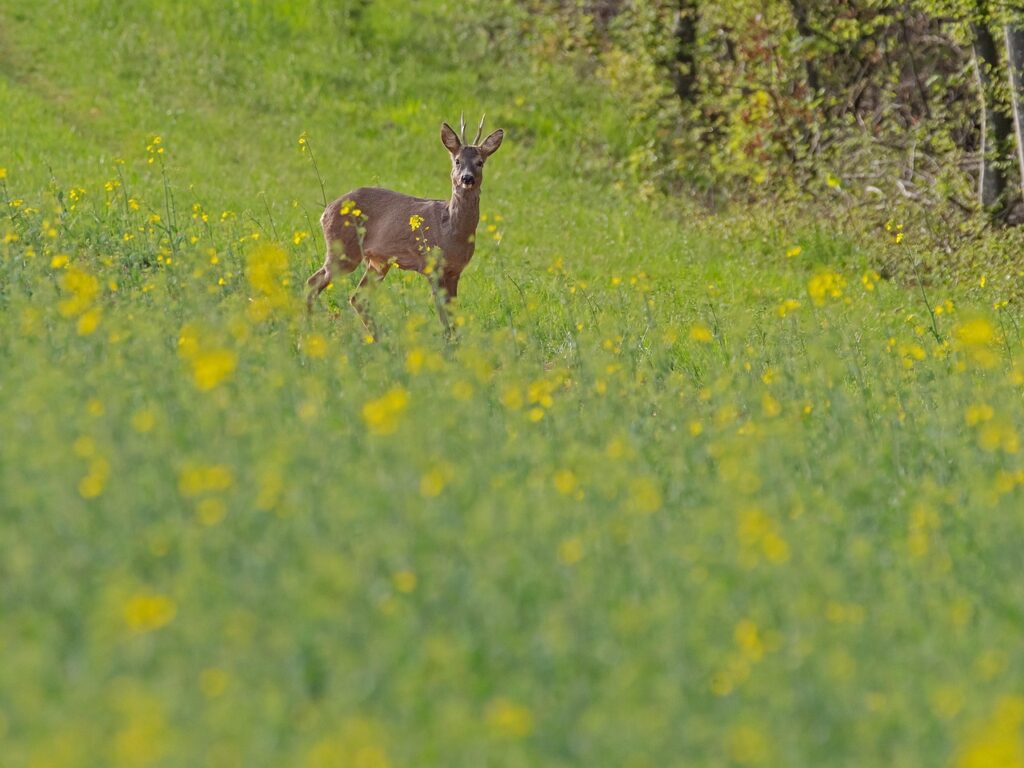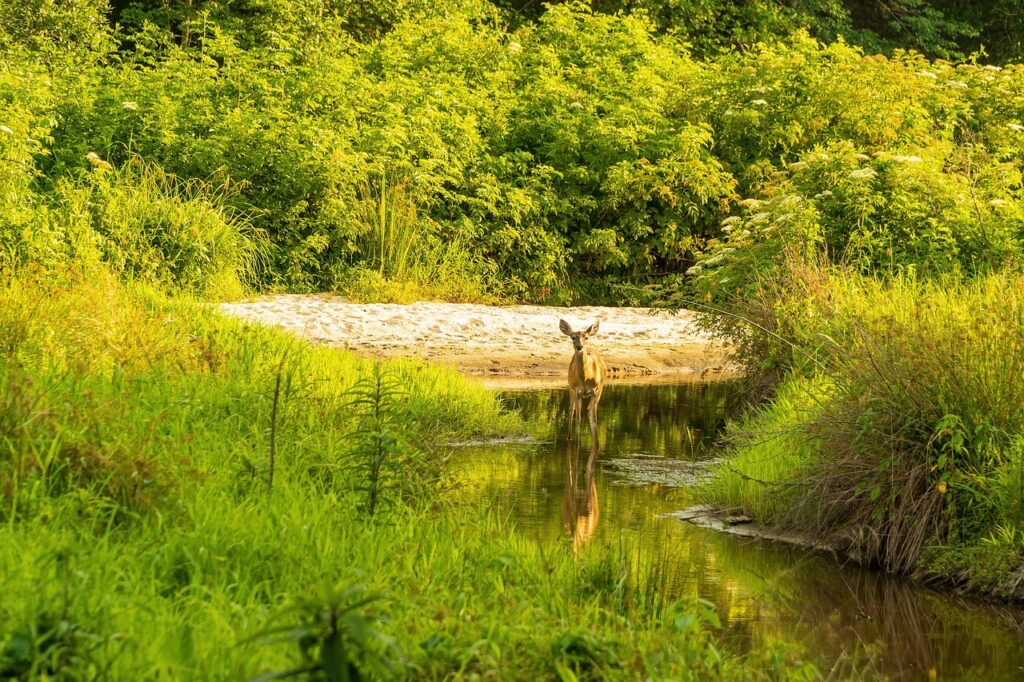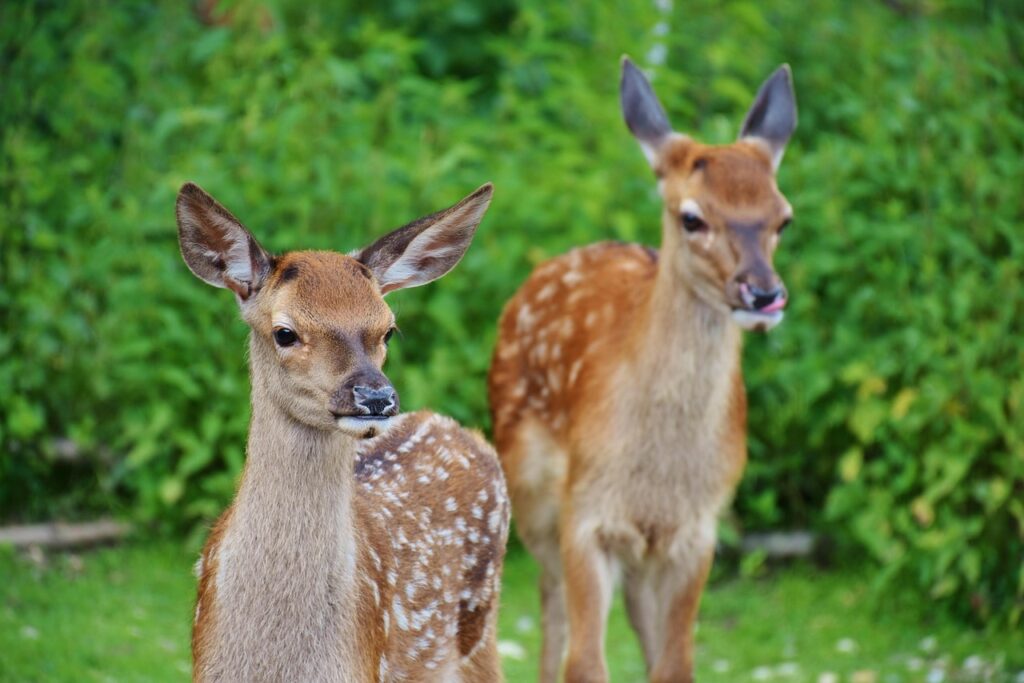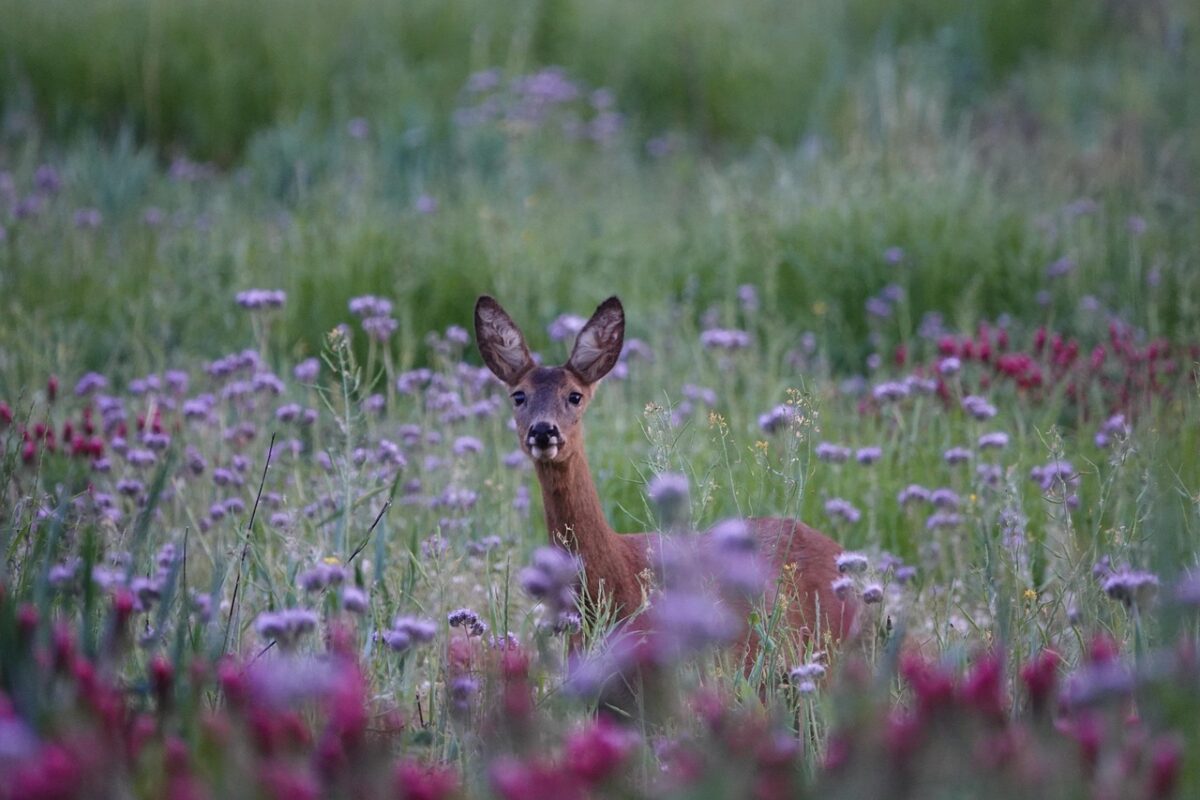Creating a beautiful garden can be a rewarding experience, but for homeowners in deer-prone areas, it often comes with the challenge of keeping deer at bay. Fortunately, there are a variety of flowers that deer tend to avoid, allowing you to cultivate a vibrant landscape without constant worry. This article delves into the world of deer-resistant flowers, offering practical advice on selecting, planting, and maintaining these resilient beauties in your garden.
Understanding Deer-Resistant Flowers

Deer are known for their selective eating habits, often preferring tender and sweet plants. However, certain flowers possess characteristics that make them less appealing to these herbivores. Typically, deer-resistant flowers have strong scents, bitter flavors, or tough textures. Understanding these traits can help you choose the right plants for your garden.
Characteristics of Deer-Resistant Flowers
When selecting deer-resistant flowers, consider the following characteristics:
- Strong Aromas: Many herbs and aromatic plants deter deer due to their potent scents.
- Bitter Flavors: Plants with a bitter taste are less likely to be eaten by deer.
- Tough Textures: Flowers with prickly or coarse leaves can discourage deer from munching on them.
Top 20 Flowers Deer Won’t Eat
Here’s a list of 20+ flowers that deer generally avoid, complete with their botanical names and key characteristics:
| Flower Name | Botanical Name | Height | Bloom Time | USDA Zones |
|---|---|---|---|---|
| Lavender | Lavandula spp. | 1-3 ft | Summer | 5-9 |
| Marigold | Tagetes spp. | 1-3 ft | Summer to Fall | 2-11 |
| Sage | Salvia officinalis | 1-2 ft | Summer | 4-9 |
| Black-eyed Susan | Rudbeckia hirta | 2-3 ft | Summer to Fall | 3-9 |
| Peony | Paeonia spp. | 2-4 ft | Spring to Early Summer | 3-8 |
| Yarrow | Achillea millefolium | 1-3 ft | Summer | 3-9 |
| Catmint | Nepeta spp. | 1-3 ft | Summer | 3-8 |
| Daylily | Hemerocallis spp. | 1-4 ft | Summer | 3-9 |
| Snapdragon | Antirrhinum majus | 1-3 ft | Spring to Fall | 3-10 |
| Bee Balm | Monarda spp. | 2-4 ft | Summer | 3-9 |
| Chives | Allium schoenoprasum | 1-2 ft | Spring to Summer | 3-9 |
| Coreopsis | Coreopsis spp. | 1-3 ft | Summer | 3-9 |
| Russian Sage | Perovskia atriplicifolia | 2-4 ft | Summer to Fall | 5-9 |
| Hellebore | Helleborus spp. | 1-2 ft | Winter to Spring | 3-9 |
| Foxglove | Digitalis purpurea | 2-5 ft | Spring to Summer | 4-9 |
| Astilbe | Astilbe spp. | 1-3 ft | Summer | 3-8 |
| Geranium | Geranium spp. | 1-2 ft | Spring to Fall | 3-9 |
| Butterfly Bush | Buddleja davidii | 4-12 ft | Summer to Fall | 5-9 |
| Globe Thistle | Echinops spp. | 2-4 ft | Summer | 3-9 |
| Stonecrop | Sedum spp. | 1-2 ft | Summer to Fall | 3-9 |
How to Choose and Place Deer-Resistant Flowers

Selecting the right deer-resistant flowers involves understanding your local climate, soil type, and the specific conditions of your garden. Here are some practical tips:
Assessing Your Garden Conditions
- Soil Type: Conduct a soil test to determine pH and nutrient levels. Deer-resistant plants often thrive in well-drained, loamy soil.
- Sunlight: Identify areas of your garden that receive full sun, partial shade, or full shade. Choose plants accordingly.
- Watering Needs: Consider the water requirements of different plants. Group those with similar needs together for easier maintenance.
Strategic Planting
When placing deer-resistant flowers, consider the following strategies:
- Layering: Plant taller flowers at the back and shorter ones in front to create depth.
- Group Planting: Plant in clusters rather than solitary plants to create visual impact and increase deterrence.
- Natural Barriers: Use deer-resistant plants as borders or barriers around more vulnerable plants.
Step-by-Step Care Guide for Deer-Resistant Flowers
Caring for deer-resistant flowers requires attention to soil, light, water, and fertilization. Here’s a step-by-step guide:
Soil Preparation
- Test soil pH and amend as necessary to achieve a range of 6.0 to 7.0.
- Incorporate organic matter, such as compost, to improve drainage and nutrient content.
Light Requirements
Ensure each flower is placed in an area that suits its light requirements:
- Full Sun: 6+ hours of sunlight daily.
- Partial Shade: 3-6 hours of sunlight daily.
- Full Shade: Less than 3 hours of sunlight daily.
Watering
- Water deeply but infrequently to encourage deep root growth.
- Monitor soil moisture and adjust watering frequency based on rainfall.
Fertilization
Use a balanced, slow-release fertilizer in early spring to promote growth. Avoid over-fertilizing, which can attract deer.
Seasonal Checklist for Maintaining Deer-Resistant Gardens
Maintaining a healthy garden requires seasonal attention. Here’s a checklist for each season:
Spring
- Prepare soil and plant new deer-resistant flowers.
- Apply mulch to retain moisture and suppress weeds.
- Monitor for pests and diseases.
Summer
- Water regularly during dry spells.
- Deadhead spent blooms to encourage new growth.
- Inspect plants for signs of deer activity.
Fall
- Cut back perennials after the first frost.
- Clean up fallen leaves and debris to prevent disease.
- Plan for next year’s planting based on this year’s observations.
Winter
- Mulch around plants to protect roots from freezing.
- Review garden layout and make adjustments for the upcoming season.
Common Problems and Troubleshooting

Even deer-resistant flowers can face challenges. Here are some common problems and solutions:
Pests
- Monitor for aphids, spider mites, and other insects. Use insecticidal soap or neem oil if necessary.
- Encourage beneficial insects, such as ladybugs, to help control pests naturally.
Diseases
- Watch for signs of fungal diseases, such as powdery mildew. Improve air circulation by spacing plants appropriately.
- Remove affected leaves and avoid overhead watering to reduce humidity.
Deer Deterrent Tips
- Consider planting strong-scented herbs nearby to repel deer.
- Use physical barriers, such as fencing, if deer persistently invade your garden.
Essential Tools and Safety Tips for Deer-Resistant Gardening
Equipping yourself with the right tools can make gardening easier and more efficient. Here’s a list of recommended tools:
- Hand Trowel: For planting and digging in small spaces.
- Pruning Shears: To maintain plant health and remove dead growth.
- Garden Gloves: To protect your hands while working with soil and plants.
- Watering Can: For targeted watering of new plants.
- Soil Test Kit: To assess soil health and nutrient levels.
Safety Tips
- Always wear gloves when handling plants to avoid skin irritation.
- Use tools according to manufacturer instructions to prevent injury.
- Stay hydrated and take breaks during long gardening sessions.
Gardening in areas where deer are prevalent can be a challenge, but with the right knowledge and preparation, you can create a beautiful, thriving garden that stands up to these hungry visitors. By choosing deer-resistant flowers, implementing effective care practices, and staying vigilant, you can enjoy a vibrant landscape that enhances your home and delights the senses.
